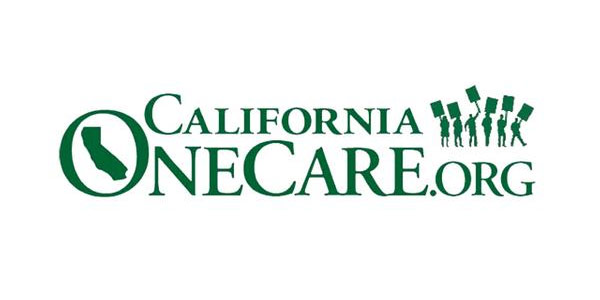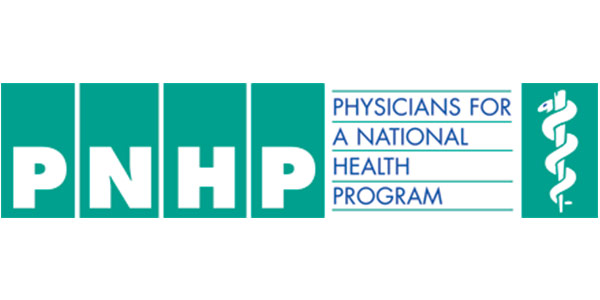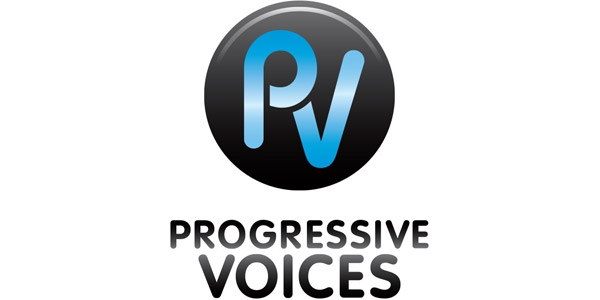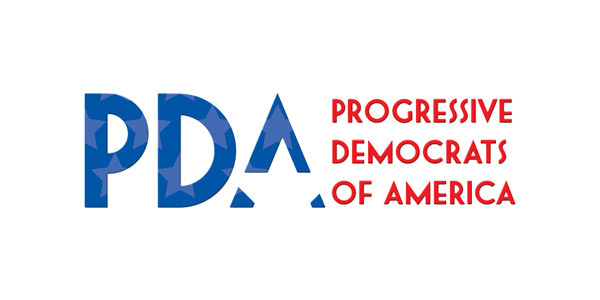15 Interesting Facts About For-Profit Hospitals
 If you haven’t spent much time in the hospital, you’ve probably never thought about the difference between non-profit and for-profit facilities. Yet for those in the health care industry, and who have medical conditions that need constant care and the larger community, the difference between the two can be substantial. As a nurse or health care professional, these are issues that may affect how you practice, where you want to work and what kind of facilities are available where you live – so it’s important to know as much as you can. As many communities are divided between those who support and those who oppose for-profit health care, you’ll need to know the facts to make an informed decision. Here are some to get you started, letting you know the pros, cons and stats of for-profit hospitals.
If you haven’t spent much time in the hospital, you’ve probably never thought about the difference between non-profit and for-profit facilities. Yet for those in the health care industry, and who have medical conditions that need constant care and the larger community, the difference between the two can be substantial. As a nurse or health care professional, these are issues that may affect how you practice, where you want to work and what kind of facilities are available where you live – so it’s important to know as much as you can. As many communities are divided between those who support and those who oppose for-profit health care, you’ll need to know the facts to make an informed decision. Here are some to get you started, letting you know the pros, cons and stats of for-profit hospitals.
- Over 17 percent of hospitals are for-profit. In 2002, that number was only around 10%, demonstrating a marked growth in the for-profit health care industry over the past decade, growth that’s expected to continue over the next five years.
- For-profit hospitals often focus on high-end, high-revenue treatments. Visit a for-profit hospital and you’re likely to see a gleaming cardiac wing, top-notch brain surgeons and fancy CT scanners. What you are less likely to see are family planning services, emergency rooms and psychiatric care. These services have a low rate of return on investment and may actually cost rather than bring in money, so many private institutions opt out of providing them. Of course, there are some for-profit hospitals that provide the bulk of these services (and others) to their local communities.
- More for-profit hospitals engage in morally questionable practices like patient dumping. A study found that for-profits were twice as likely to dump emergency room patients onto other facilities as not-for-profits. Patients who do not have insurance or whose plans will not cover emergency care were more likely to be transferred, often in a manner that violates the Emergency Medical Treatment and Labor Act. Not-for-profits certainly aren’t in the clear here, but the difference between the two is striking.
- For-profit hospitals are buying out may non-profits. In communities around the nation, many not-for-profit hospitals are struggling to stay afloat. Rising costs, a heavy patient load and outdated equipment make some simply not economically viable. For-profit medical groups are often stepping in and buying these hospitals. While some community leaders are relieved that the hospitals are being saved, others worry that it will be at a cost to the economically disadvantaged in the community. With more hospitals on the auction block every day, the effect of this change is likely to become clear in the coming months and years.
- It’ll cost you more to go to a for-profit hospital. Not necessarily because they just want to charge you more, though profit margins certainly are an issue. For-profit hospitals don’t get the tax breaks that not-for-profits do, meaning they have to charge more to make up for it. How much? Expect to pay around 19% more for a visit to a for-profit than a not-for-profit.
- For-profit hospitals have a higher death rate, on average. While the results of the study have been hotly contested, a group of Canadian researchers found that for-profit hospitals have a slightly higher death rate — around 2% higher. While the study found a difference, researchers were unable to pinpoint just what was causing the disparity, but some think it might have to do with for-profits cutting corners in order to generate more revenue. Of course, that number doesn’t mean every for-profit has a higher death rate — it is an average– some may have a much lower chance, while others are much higher.
- A woman is 17 percent more likely to have a C-section at a for-profit hospital. While the number of C-sections performed nationwide at all hospitals has skyrocketed in the past decade, a fact many see as a direct threat to the safety of both women and their children, a California study found that women are even more likely to get a C-section at a for-profit hospital. The reason isn’t hard to figure out. A surgical birth costs twice as much as a vaginal one, and more C-sections means more profit. Additionally, once that baby is born, it’s more likely to end up in a pediatric ICU, whether it needs it or not, at a for-profit.
- You’re more likely to get diagnosed with costly conditions at a for-profit. And that would be fine, provided that was really what was ailing you. A study in a German medical journal found that many for-profits may be guilty of up charging. They compared admissions of patients with respiratory infections and pneumonia, two conditions that can be pretty hard to tell apart from a medical standpoint, but with one usually paying about $2000 more to the hospital. Over the past decade, for-profits diagnosed the more expensive condition at rates much higher than that of not-for-profits. Lawsuits have since reduced this phenomena, but more recent data shows that for-profits still routinely cost Medicare more than their non-profit counterparts.
- For-profit hospitals may have an advantage when it comes to efficiency. There is one area in which for-profits often excel. Because they’re watching the bottom line, for profits are better at reducing waste, streamlining their processes and running a more efficient, tightly managed facility. Of course, there are exceptions, and studies have found that it depends more heavily on ownership than on profit status whether or not a hospital will be efficient.
- For-profit hospitals may stretch staff more thinly. Because they’re focused more operating efficiency, for-profits often have lower staffing ratios. This may not mean much for patients, as these staff members are usually compensate by being more productive (most patients often rate than standard of care similarly.) Yet it can make a difference in terms of stress and job satisfaction for those who are working in a for-profit institution. A study found that hospital workers are more likely to feel valued as a person, receive praise and feel their job is important at not-for-profits than at for-profits.
- Dementia patients are more likely to be over treated at a for-profit. The practice of tube-feeding patients with advanced dementia has been widely criticized by the top medical journals and isn’t medically necessary in most cases, yet doctors are still using it as a treatment for dementia patients. While it occurs in for-profits and not-for-profits alike, patients at the former are 33% more likely to be given a feeding tube. It is even more common at large hospitals in either category, with a whopping 50% greater chance of feeding tube insertion in hospitals with over 300 beds.
- Patients rate higher loyalty and satisfaction in for-profit ERs. While some for-profits might shy away from these low-return facilities, those who do have them tend to have higher rates of patient satisfaction than their not-for-profit counterparts. Some suggest that the reason for this may be due to for-profits having access to greater capital, meaning they can more easily invest in updated equipment and services. Additionally, not-for-profits are often chronically overburdened with patient volume and suffer from short staffing, factors that could reduce overall satisfaction
- For-profit hospitals rate consistently lower when delivering care for these common conditions: congestive heart failure, heart attack and pneumonia. If you’ve got any of these conditions, or suspect you might, you may be better off heading to a not-for-profit if you have a choice. A 2006 study by the Harvard Medical School determined that patients with these conditions were more likely to get high-quality care diagnosis and treatment for these conditions as not-for-profits– a fact they suggest is due to increased staffing and more technology.
- For-profit hospitals have lower costs per patient. Whether this is for better or worse for patients is up to you to decide, but Census data in 2008 recorded that the average total cost per patient per stay is about $7,985 at a for-profit hospital compared to $10,081 at a not-for-profit. This could be due to greater cost-cutting measures, efficiency or differences in staffing at for-profits versus their counterparts.
- The impact of for-profit hospital conversion on the community is varied. Some may see for-profit hospitals taking over not-for-profits as a blessing, others as a curse, but the facts don’t have much to lend either side. Studies conducted by the Boston University School of Public Health found that some for-profits dramatically increased care to the poor while others decreased it, sometimes as much as 40%. The study found that, on average, there were no long-lasting changes in care between the two types of hospitals, meaning a lot of worries communities have about for-profit health care could be unfounded.











